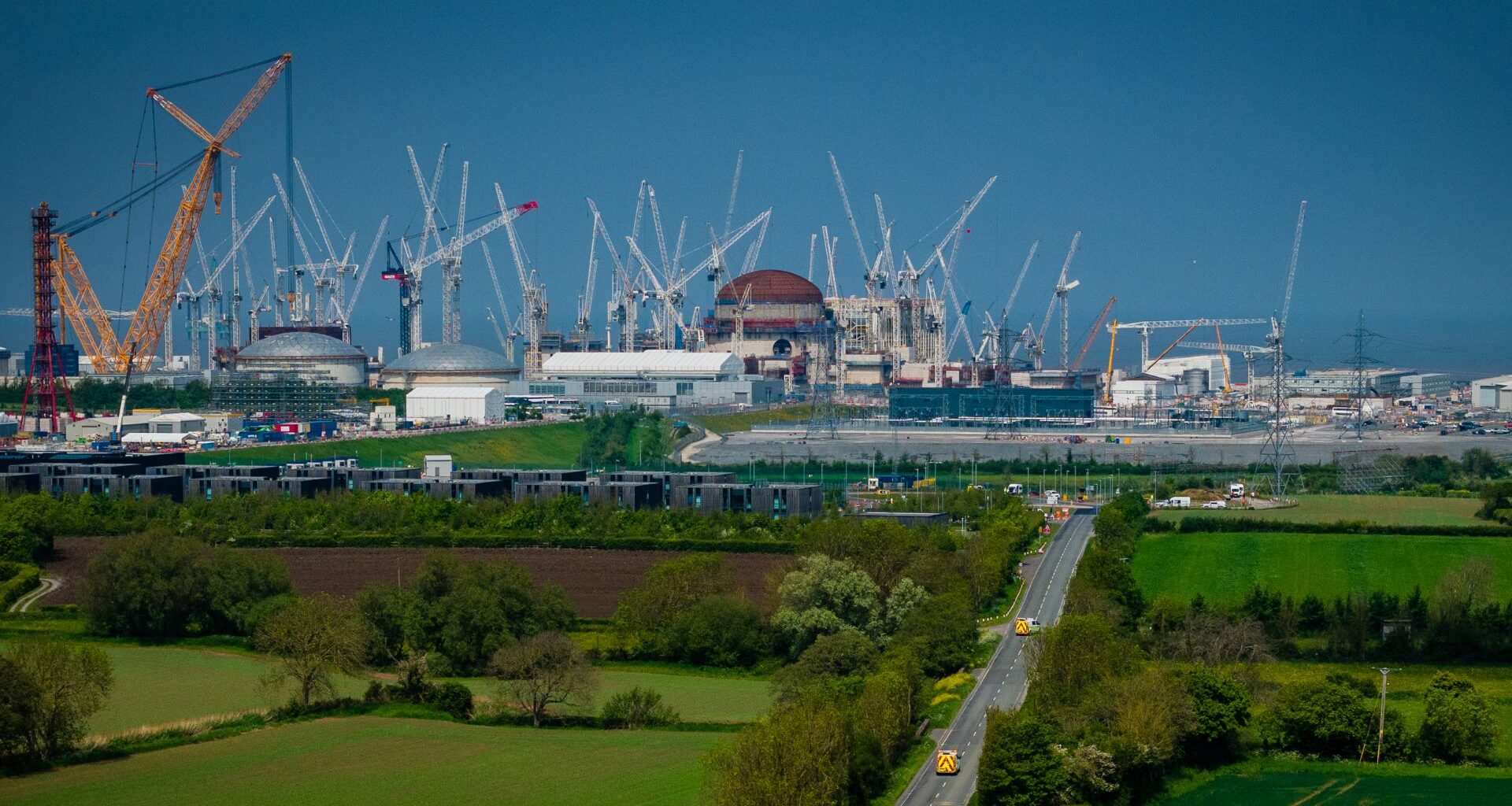Britain’s flagship nuclear power project has encountered an unexpected safety hazard. Hundreds of rats scuttle through work zones, canteens, and waste skips at the Hinkley Point C construction site.
Trade unions Unite and GMB alerted developer EDF to the infestation in early April, warning that “the rodents are everywhere” and demanding an immediate sanitation campaign to protect the 10,000-strong workforce building the twin-reactor station. “They’re all over. You see them just sat there, looking at you,” one contractor told union officials.
“The more men working on the site, the more rubbish … and the canteens are not clean either.” EDF confirmed the problem but insisted it is typical of large civil-engineering projects. “A specialist company has carried out a survey and measures are in place to address the issue,” a spokesperson said, adding that the firm is “committed to working alongside our trades-union partners to provide the best environment for all of our workers.”
Why a rodent surge matters on a nuclear site
Although no radioactive material is yet present at Hinkley Point C, the unions say uncontrolled vermin raise health-and-safety red flags, threaten food hygiene, and could gnaw cables or temporary insulation. The episode also hands nuclear critics a fresh talking point just as the government is trying to revive public confidence in the technology.
Hinkley Point C — two 1.63-GW European Pressurised Reactors scheduled for the early 2030s — is the keystone of the UK’s plan to meet 7 percent of national electricity demand with low-carbon baseload power.
Costs have ballooned from an original £18 billion ($24.01 billion) to more than £32 billion ($42.68 billion), and COVID, supply-chain shortages, and skilled-labour disputes have repeatedly pushed back delivery dates. Last November, several hundred security staff left the job due to site-access delays; other crews complained about poor conditions and pay.
From Fukushima to Somerset: rats and reactors
Rodents are not normally associated with high-security nuclear environments, but they have caused problems before. In 2013 a 15-centimetre rat purportedly short-circuited a switchboard at Japan’s crippled Fukushima Daiichi plant, halting spent-fuel-pool cooling for 30 hours.
The U.S. Department of Energy also recently debunked myths inspired by The Simpsons, insisting that such lapses are rare and that “the nuclear industry is one of the safest to work in and to live near.”
Safety regulators and engineers emphasise that modern plants operate under stringent international rules and redundant containment systems. Yet public opinion still echoes the traumas of Chernobyl, Three Mile Island, and Fukushima.
Britain’s target to have up to 24 GW of nuclear capacity by 2050 relies on smoothing those fears, launching Rolls-Royce small-modular reactors, and finishing Hinkley Point C on time. The news of “nuclear rats” biting into the project narrative is, therefore, inconvenient.
What must EDF do next?
Pest-control contractors have deployed bait stations and sealed rubbish chutes around the 430-acre site; canteen hygiene audits are underway. Unite says it will monitor progress weekly. Environmental Health officers could order partial shutdowns if containment fails, exacerbating schedule risk.
Experts note that megasites generate mountains of packaging, food waste, and timber offcuts that can lure wildlife unless removed daily. “Rodent management needs to be baked into logistics, not treated as an after-thought,” says construction consultant Paul Sheffield, former CEO of Kier Group.
With workforce numbers projected to peak above 15,000 over the next two years, Hinkley Point C will test whether green-energy infrastructure can scale quickly without slipping on basic site welfare. EDF insists the build is still “on track” for initial electricity in the next decade. But the race to tame Somerset’s uninvited residents may prove nearly as demanding as taming the project’s spiralling budget.
